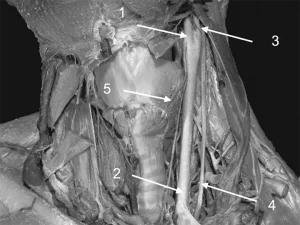
Enhancing surgical expertise: 3D anatomy’s role in residency programs
Current virtual reality (VR) technology allows for the creation of instructional video formats that incorporate three-dimensional (3D) stereoscopic footage. Combined
Official Journal of the Spanish Society of Anatomy

Current virtual reality (VR) technology allows for the creation of instructional video formats that incorporate three-dimensional (3D) stereoscopic footage. Combined
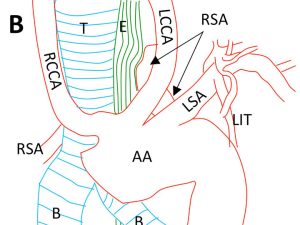
Anomalies of the aortic arch include various variations. Aberrant right subclavian artery (ARSA) is one of the most common variations

Fresh frozen body donors are invaluable for surgical skills training sessions and medical research due to their realistic tissue quality.
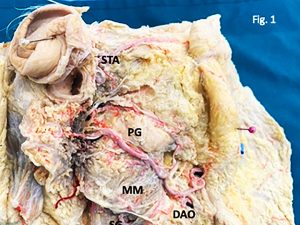
The facial artery undergoes multiple anatomic variations that condition the territory that vascularizes to the facial level. During the dissection
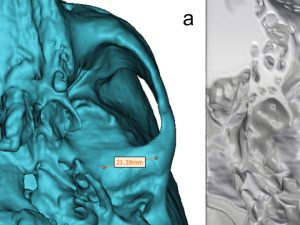
Zygomatic arch and articular eminence are structures from the human skull involved in jaw muscle activity. The aim of the
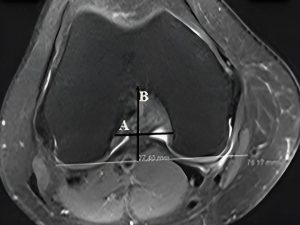
Measurements of the distal femur are highly variable among different subjects. To obtain the best stability and longevity of the
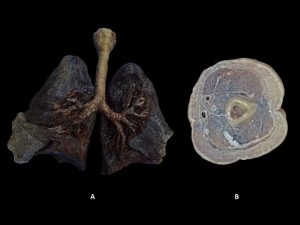
The use of cadaveric material to study anatomy has been curbed by the requirements for its maintenance and use and
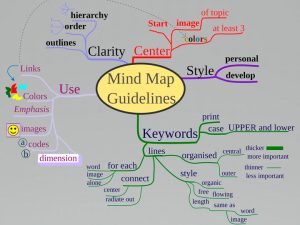
Several methods have been suggested to encourage greater student participation during lectures. Mind mapping is a learning tool that uses
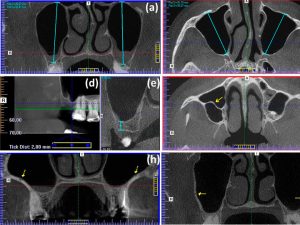
This study aimed to determine, using a retrospective cone beam computed tomography (CBCT) assessment and a logistic regression analysis, which
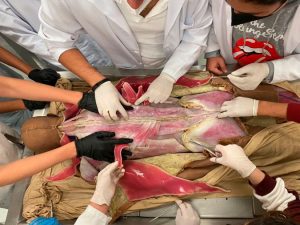
The teaching of human anatomy is done through virtual dissection tables, 3D models and the use of synthetic cadavers as